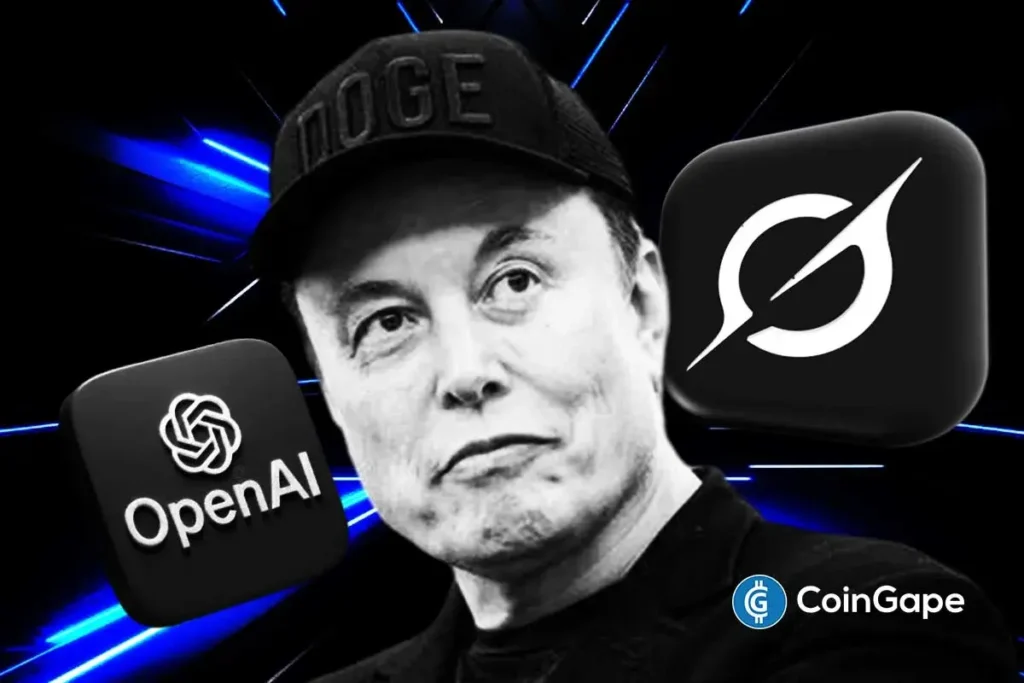The Launch of GPT-5: A New Era in AI Interaction
On August 7, 2025, OpenAI is set to unveil its most advanced language model yet, GPT-5, during an online presentation. This highly anticipated release comes amid increasing competition in the AI landscape, particularly from Elon Musk’s xAI and its chatbot, Grok. As the AI race heats up, the implications of GPT-5 for both personal and technical applications are profound.
Features and Innovations of GPT-5
GPT-5 promises to deliver exceptional advancements in various areas. According to a Bloomberg report, it will provide faster responses, enhanced reasoning abilities, and greater accuracy than its predecessors. OpenAI’s CEO, Sam Altman, lauded GPT-5 as a substantial leap forward, likening interactions to speaking with an expert in any given field. Remarkably, Altman revealed that the model even solved a complicated question that he had struggled to answer himself. A unique aspect of this version is the introduction of four built-in personalities—Cynic, Robot, Listener, and Nerd—allowing users to tailor their interactions in a more personalized manner.
One groundbreaking feature of GPT-5 is its automatic decision-making capability regarding how deeply to process each prompt. This streamlining eliminates the need for users to manually adjust settings, significantly enhancing the user experience. In a landscape increasingly dominated by competition, OpenAI’s innovative launch will not only captivate individual users but also enterprises looking to leverage AI for an enhanced operational edge.
The Competitive Landscape: xAI and Grok
The release of GPT-5 occurs against a backdrop of intensified rivalry, particularly with Elon Musk’s xAI, which is positioning its chatbot, Grok, as a formidable adversary. Just prior to GPT-5’s launch, Musk claimed that Grok 4 Heavy outperformed GPT-5, suggesting that it was “a lot better.” His assertion was fueled by benchmark results indicating that GPT-5 with tools falls somewhere between Grok 4 and Grok 4 Heavy. As the competition escalates, it will be fascinating to observe how both models adapt and evolve to enhance their strengths while addressing respective weaknesses.
Despite Musk’s claims, insights from early testers indicate that GPT-5 excels in handling complex applications. Lovable’s CEO emphasized the model’s ability to produce clean, maintainable code and efficiently identify and fix bugs, further solidifying its stance in the software development sector. This feature not only improves project timelines but also positions GPT-5 as a game-changer in development practices.
Pioneering Instant App Creation
One of the standout capabilities of GPT-5 is its potential to revolutionize software development through instant app creation. Altman highlighted that this signals the advent of “software on demand,” wherein applications can be conceived and deployed swiftly using AI technology. During internal tests, the model was able to generate a fully functional French language-learning app, complete with games and quizzes, in just minutes. This remarkable speed and reliability set GPT-5 apart from its contemporaries, making it an enticing option for developers aiming to expedite their workflows.
The implications of this capability extend beyond the tech industry. Educational institutions, small businesses, and individual entrepreneurs can benefit from app development that is both cost-effective and efficient, lowering the barrier to entry for creating digital solutions. As businesses increasingly lean on technology for growth, tools that can streamline and automate the development process will become invaluable.
OpenAI’s Growth and Future Prospects
Beyond the immediate capabilities of GPT-5, OpenAI’s recent financial activities indicate a solid foundation for future growth. The company has raised substantial funding, with a current valuation of around $300 billion and rumors of a secondary stock sale potentially raising it to $500 billion. This financial backing reflects confidence in OpenAI’s trajectory and its commitment to ongoing innovation. With ChatGPT already catering to approximately 700 million users weekly and serving five million business customers, the platform is well-positioned for future expansion and development.
OpenAI’s offering to U.S. federal agencies for just $1 per year underscores the commitment to democratizing access to advanced AI technology. This initiative could help integrate AI solutions into public services and operations, further enhancing societal benefits while showcasing OpenAI’s innovative ethos.
Conclusion: The Future of AI Interaction
As GPT-5 prepares to launch, its combination of advanced features and unique capabilities position it as a significant milestone in AI evolution. The simultaneous race for dominance between OpenAI and xAI highlights the importance of innovation and adaptability in the tech landscape. With powerful tools that offer customized interactions and rapid software development, GPT-5 is set to redefine user experiences across various sectors.
Individuals and businesses alike stand to gain from this technology as it shakes up traditional norms around AI utility. The next chapter in AI interaction is about to unfold, and it promises to be dynamic, competitive, and transformative.


